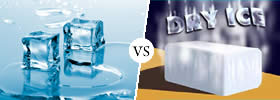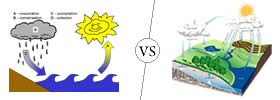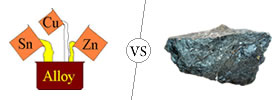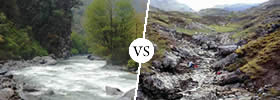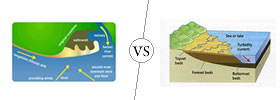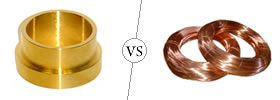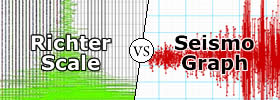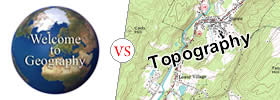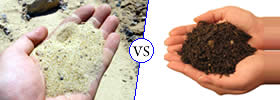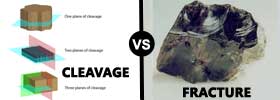Earth Sciences & Geology
|
Both, Ice and Dry Ice are used for their cooling properties. The key differences between ice and dry ice lie in their chemical structures, properties and their contradictory temperatures. |
|
Water Cycle or Hydrologic Cycle or the H2O cycle describes the continuous movement of water from on, above and below the surface of Earth. It is the journey, which water takes as it circulates from the land to sky and back again. This cycle maintains the water consistency throughout the Earth. |
|
An alloy is a metallic substance made by combination of metal with other types of elements. It is generally done in order to enhance properties like strength, ductility, corrosion resistance, etc. An ore is a natural source of mineral from which metals are extracted in order to gain profitability. |
|
Perennial rivers are those rivers which exhibit a continuous flow of water throughout the year except during extreme drought. On the other hand, non-perennial rivers are those rivers which have no flow for at least a part of the year. |
|
Delta is a sedimentary deposit formed at mouth of some rivers. It is usually triangular in shape. On the other hand, an estuary is a semi-enclosed body of water where fresh water meets the ocean. |
|
Sine and cosine waves are identical signal waveforms where cosine wave leads the sine wave by an amount of 90 degrees. |
|
Predator hunts Prey. A predator is an animal who hunts other animals; while, a prey is that animal that is hunted by other animal. Both, of these animals are necessary for maintaining the ecological balance of the Earth. |
|
Zoology and Geology are two totally different fields, which deals with biology and ecological studies. Zoology is the study of animal science related to biology; while geology is the study of solid Earth and its components related to the ecology. |
|
Copper is a reddish brown colored metal known for its strength and thermal conductivity. Brass is an alloy of copper and zinc. The varying proportions of copper and zinc in brass define the properties of this alloy. |
|
The Richter magnitude scale is a scale that assigns earthquakes a number between 1 and 10 in order of increasing intensity. The Mercalli intensity scale is another seismic scale. It labels an earthquake from I to XII depending on the effects of the earthquake. |
|
A seismograph is any instrument that measures motions of the ground, including those of seismic waves generated by earthquakes, volcanic eruptions, and other seismic sources. While, the Richter scale is a scale, ranging from 1 to 10, for indicating the intensity of an earthquake. |
|
Geography is the study of the description of the Earth. It includes the study of land features, climate, inhabitants, etc. on Earth. On the other hand, Topography is the study and mapping of the shapes and features of the places. Unlike, Geography it is not limited to the Earth. |
|
The main difference between the two is that, the soil has pores which allow the water and nutrients to be held, whereas the soil is loose, grainy and does not have pores to hold water or nutrients. |
|
A Hypothesis is an uncertain explanation regarding a phenomenon or event. It is widely used as a base for conducting tests and the results of the tests determine the acceptance or rejection of the hypothesis. On the other hand, prediction is generally associated with the non-scientific guess. It defines the outcome of future events based on the observation, experience and even a hypothesis. Hypothesis can also be defined in terms of prediction as it can also be a type of prediction which can be tested. |
|
In mineralogy, cleavage and fracture both describe the tendency of a mineral to break. In cleavage, a mineral may split apart along various smooth planes. These smooth planes are parallel to zones of weak bonding. On the other hand, Fracture breaks a mineral along the curved surface with irregular shapes. The minerals that undergo fracture do not have planes of weakness and therefore break in an irregular manner. |
Pages
 |
 |
 |
 |
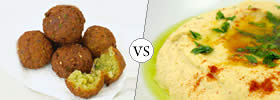 |
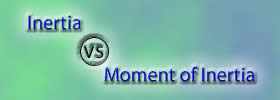 |
 |
 |

